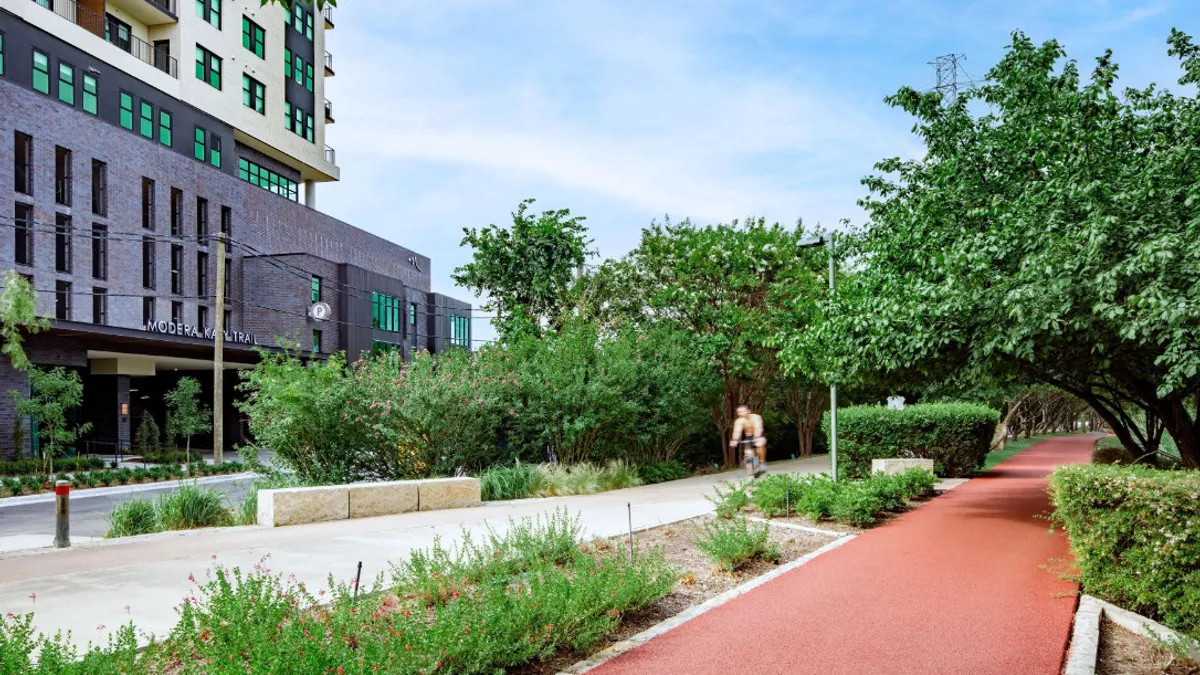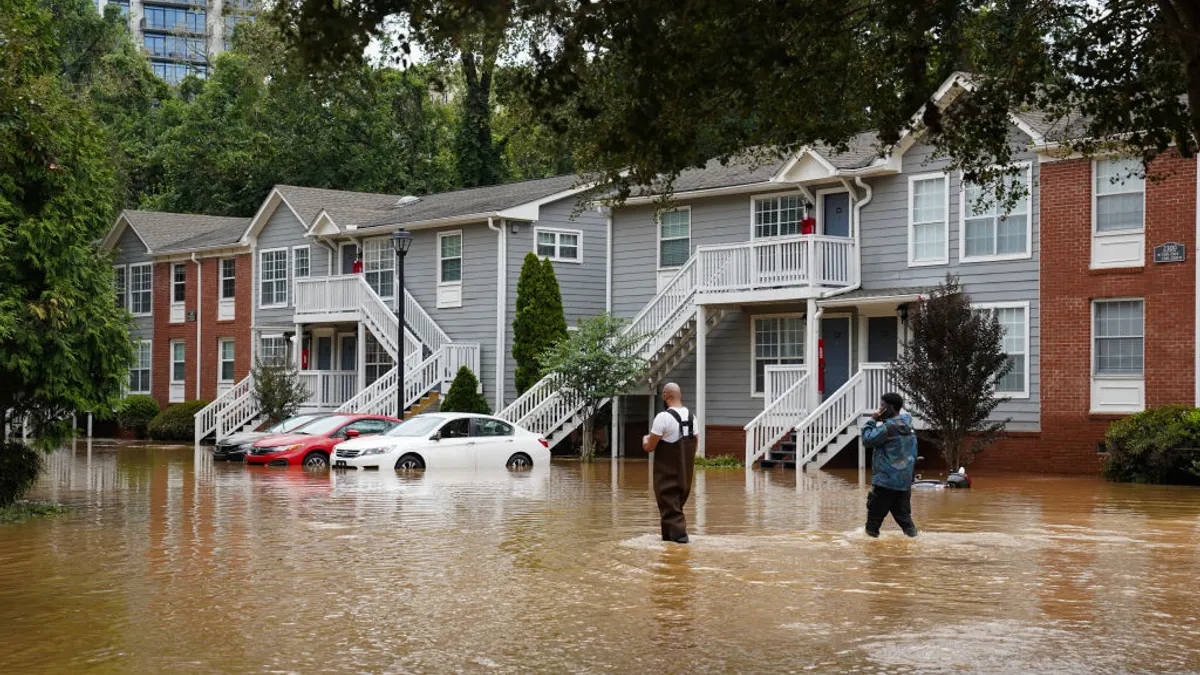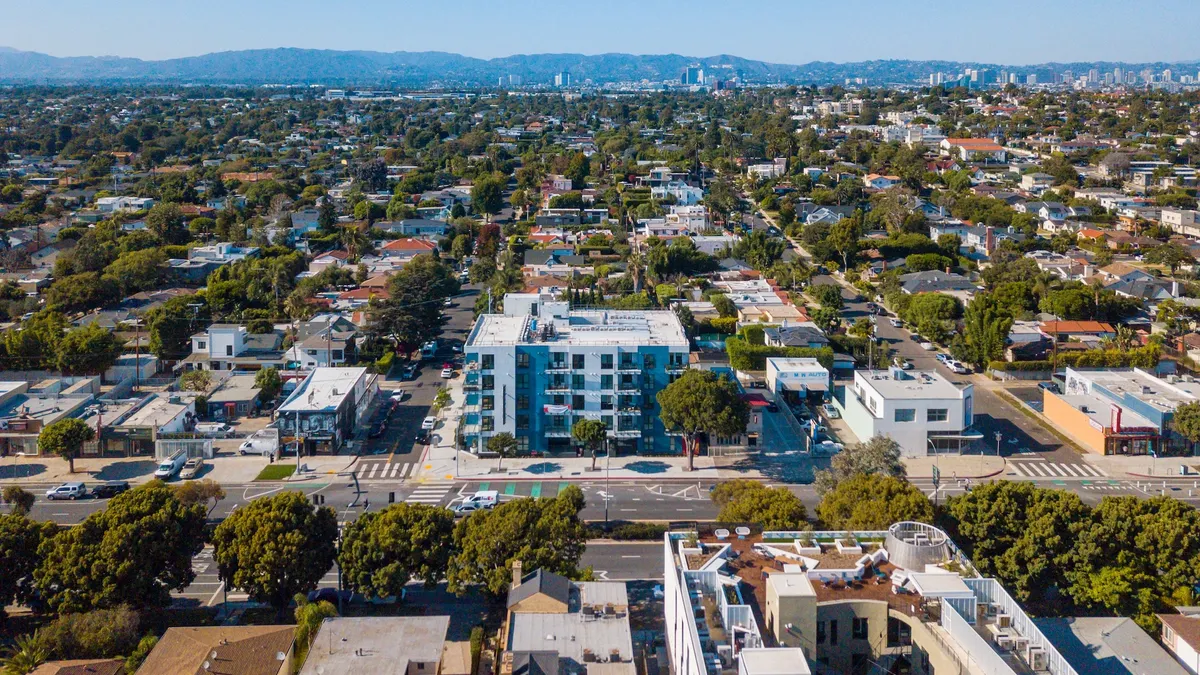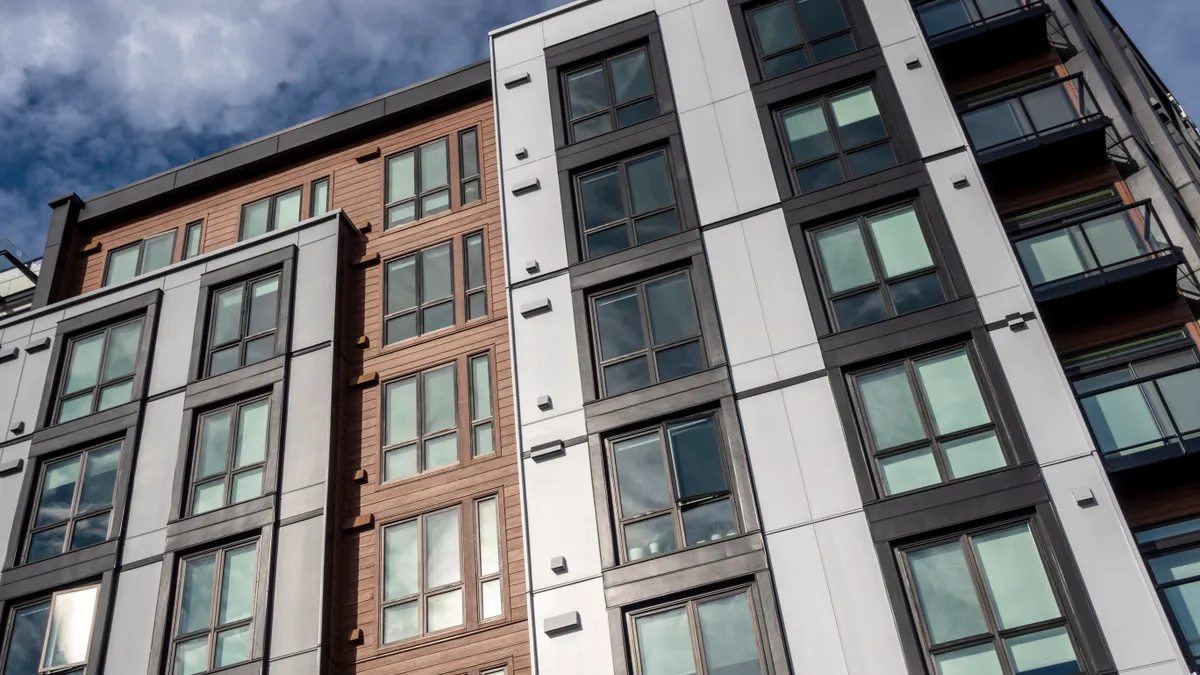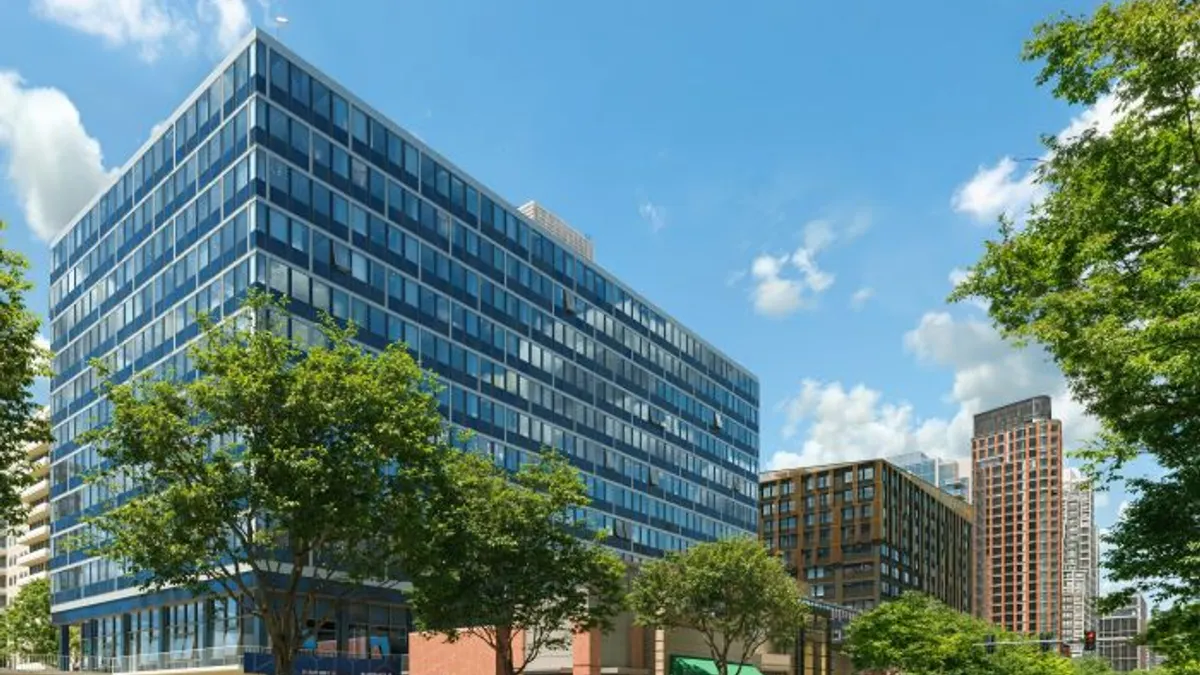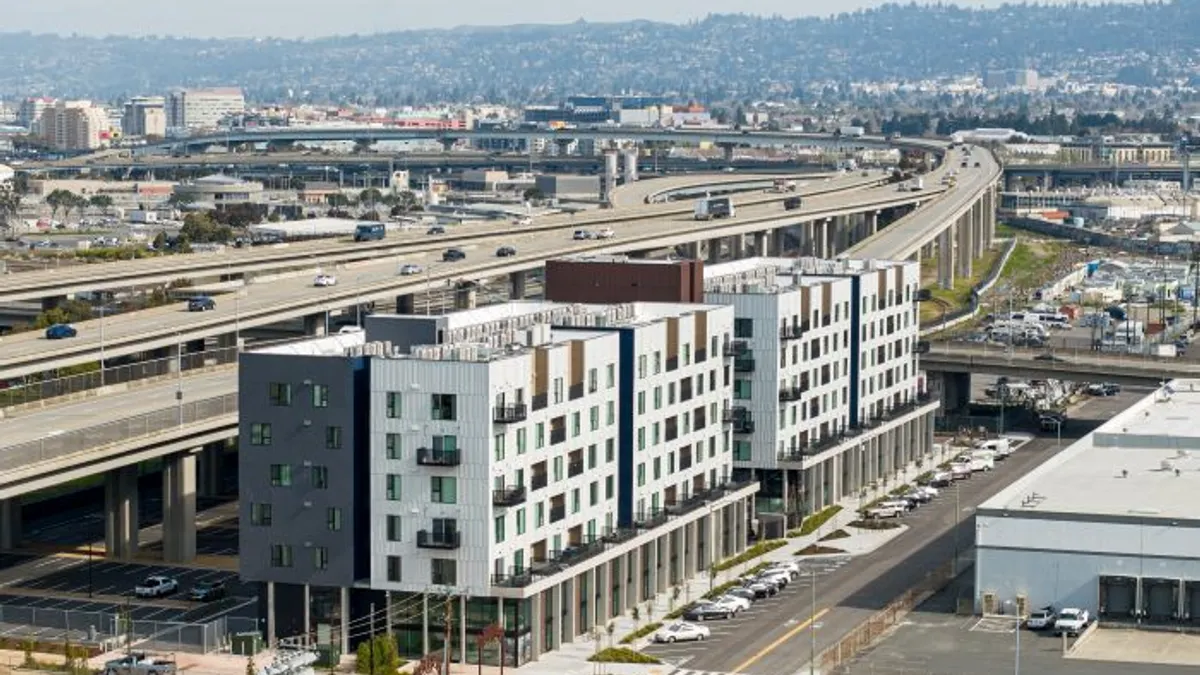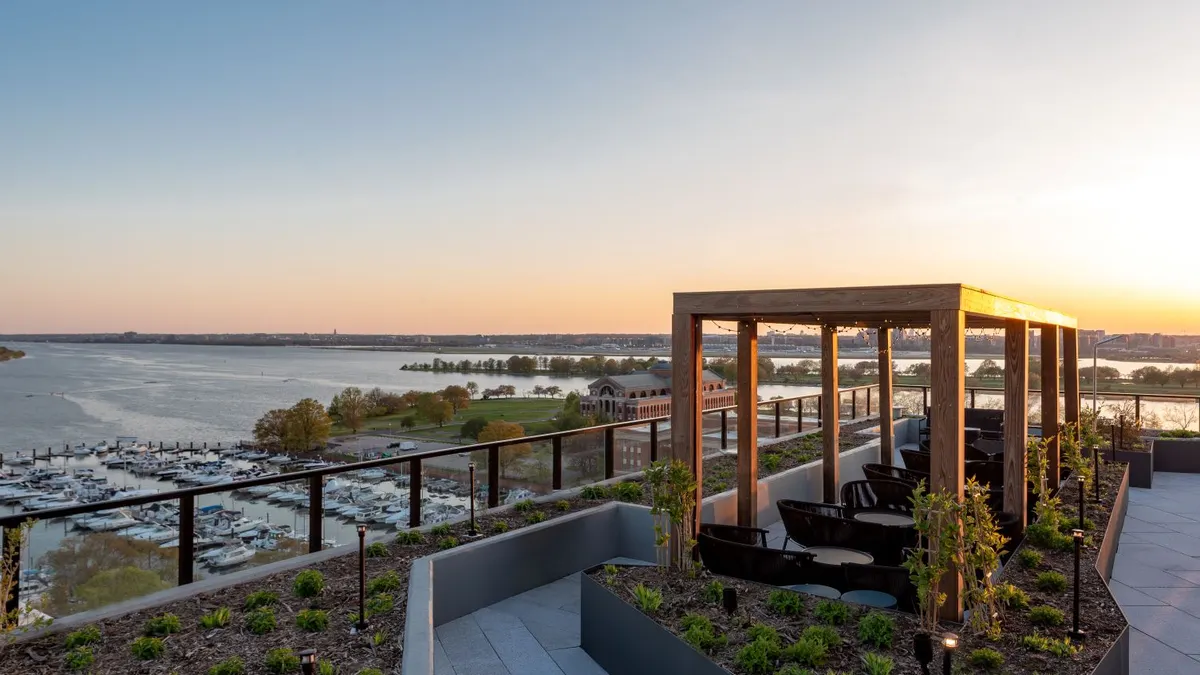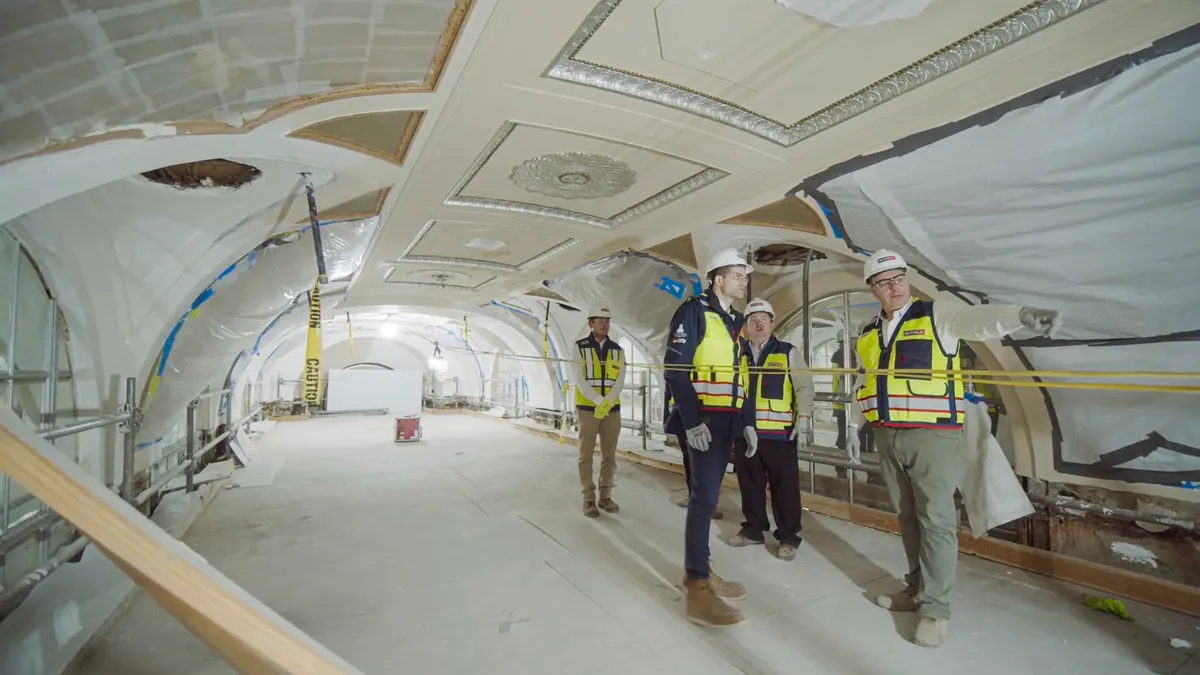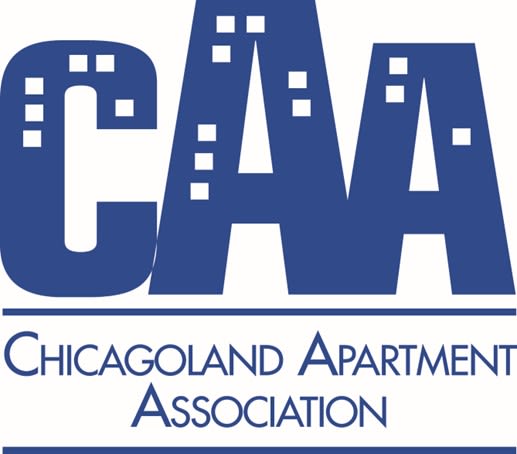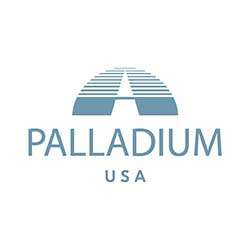When Jeff Tegethoff, operating partner for Chicago-based development and investment firm CRG, bought 80 acres in suburban St. Louis to develop Wildhorse Village, a lot of other developers told him he was crazy.
That’s because only about 80% of the site is buildable. The mixed-use community will include residential, office and retail along with 8 acres of public green space, 1.5 miles of bicycle lanes and 2.2 miles of walking paths that circle a 16-acre lakefront and connect with a trail along Chesterfield Creek.
“The other half of the development community said, ‘That’s genius. You just bought lakefront property in the middle of landlocked Chesterfield, and what a great opportunity to engage with nature,’” Tegethoff said. “That was the plan all along.”
As the pandemic so vividly underscored, living near open space can be hugely beneficial to mental and physical health. And with the Infrastructure Investment and Jobs Act boosting federal spending on new trails and greenways by 70%, Americans are about to have many more opportunities to hike, walk, run, cycle—and live—in natural settings.
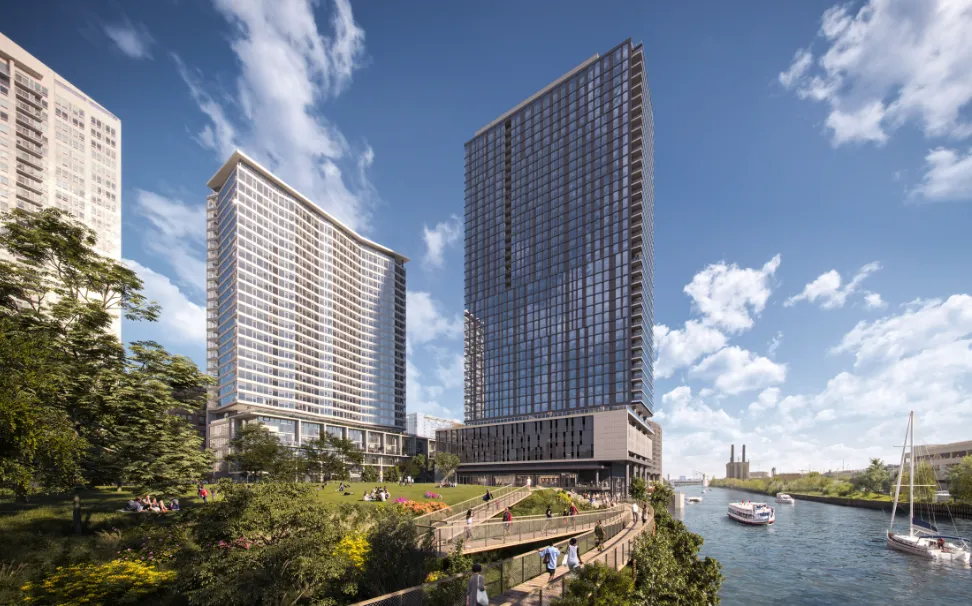
A number of studies have found that locating properties next to natural resource-based parks and open space substantially increases their value. Many residents will pay a premium for proximity to multi-use trails as an amenity that improves their quality of life.
Developers like CRG are taking note, building apartment communities on sites with easy access to trails and outdoor recreation. Companies that have built multifamily communities near trails and greenways say there are a number of things to consider before undertaking them. Here are the top considerations:
Be willing to make the investment
While studies show that developing a property on or adjacent to a park or open space translates into higher rents, “it’s a significant investment because land costs in a city are not cheap and it costs a pretty penny to develop it,” said Michael Drew, founding principal of Chicago-based Structured Development, which is building a mixed-use community that will include a new public park in Chicago.
“Be prepared to spend more money,” agreed Chris Coleman, vice president of development for Mount Prospect, Illinois-based Wingspan Development Group, which co-developed Hub13, a 300-unit community next to a nature preserve with wetlands about 15 miles south of Milwaukee. “But if you’re willing to make the investment, that investment will pay off.”
Research the site
While due diligence is necessary with any development site, it’s even more important when the site is in a natural habitat. Understanding the natural topography, whether it’s in a flood zone or wetlands, and how it’s been used in the past is key.
“If you can embrace the history of the site, it’s going to create a much better master plan,” said Ted Weldon, executive general manager of development for the Chicago office of global real estate developer Lendlease. His office developed The Reed at Southbank, a 41-story, 440-unit residential tower along the Chicago River in a master-planned community that includes a 2-acre park and a river walk.
Engage the community early on
As soon as Lendlease procured the site for Southbank, it began working with Friends of the Chicago River and other local groups “because you want to try to do a plan that is going to be embraced by the stakeholders in the community,” Weldon said. ”Understanding what the community is looking for is always helpful. You can’t please everyone, but the focus is to try to get something the majority of the people will endorse.”
Similarly, Minneapolis-based design firm BKV Group worked closely with Friends of the Mississippi River and the National Park Service during the entitlement process for Waterford Bay, a 243-unit apartment community along the Mississippi National River and Recreation Area in St. Paul, Minnesota, to ensure it would support the waterway’s ecological health.
Treat nature as an amenity
Access to trails and open space “is an opportunity to differentiate your project, to have an added amenity outside of the amenity race that we’re still in,” said Mike Krych, a partner with BKV Group, which is working on a number of multifamily projects directly connected to outdoor space.
Coleman said dedicating 80% of the 25-acre site for Hub13 to open space that includes a pond and walking trails was “not the most efficient land plan,” but the tradeoff is well worth it. “That was something that really resonated with the residents we were targeting there. It is seen as a premium amenity.”
Make access to nature easy for residents
Residents who choose an apartment because it’s next door to a trail or open space should be able to easily access that amenity, said Alison Mills, vice president of design and development for Chicago-based CRG, which is building Chapter at The Streets, a 245-unit community on the 240-mile-long Katy Trail in St. Charles, Missouri.
“Every additional minute that my resident has to spend to get to the trails is just a minute they don’t want to spend, and they’re going to use the amenity less and less,” Mills said. “Try to make that path of travel as intuitive and easily understandable as possible and build your amenities near them.”
Be prepared for additional red tape
Before Wingspan could even break ground on Hub13, the company worked for more than a year with Wisconsin’s Department of Natural Resources to accommodate an offsite wetlands bank, Coleman said.
Projects like Hub13 require “a lot of stamina and really good third-party consultants, especially your civil engineer,” he added.


